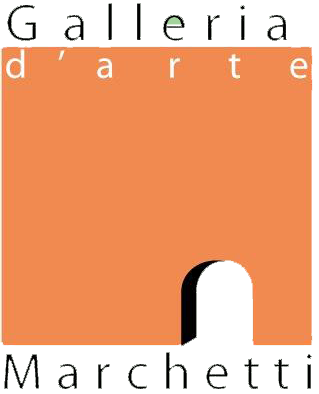Project Description
Emilio Greco
Biography
As a teenager, he worked for a manufacturer of funerary monuments in his city, and became an almost self-taught sculptor. He has resided in Rome since 1943, and became professor of sculpture at the Academy of Fine Arts in Naples. In his concise language and
subtly allusive, the female figure – in particular the nude – plays a very important role. References to the volumetric synthesis of Etruscan art merge with those to the sculpture of the Italian fifteenth century (the Laurana in particular), naturally grafting themselves into a rigorous compositional discipline and a refined formal elegance, both in subjects of vigorous realism and in surreal and fairy-tale. Surfaces are very sensitive to atmospheric and luminous values: they are particularly significant in this regard
the designs, with clear volumes, structured thanks to a few decisive and essential signs. An attentive portraitist, his favorite theme is female heads. Academician of San Luca and member of the Royal Belgian Academy, he received, among others, the Saint-Vincent Prize for sculpture
(1948), the Parliament Prize at the VI Roman Quadrennial (1952), the Antonio Feltrinelli Prize for graphics from the Accademia Nazionale dei Lincei (1993). There are three museums named after him, in Sabaudia (1984), in Orvieto (1991) and in Catania (1994, dedicated in particular to graphics), and permanent exhibition spaces dedicated to his works at the open-air museum of Hakone in Japan and at ‘Hermitage in St. Petersburg. Also a writer and poet, he published, among other things, Notes of a Life(1980); and The doors of the Cathedral of Orvieto(1994)


